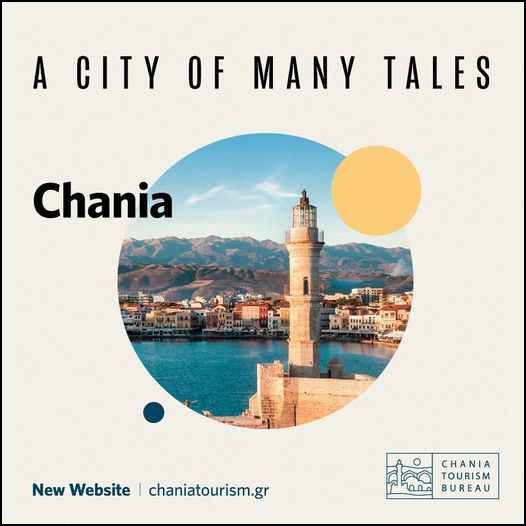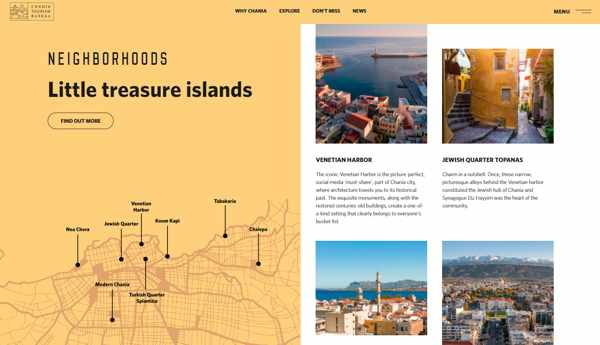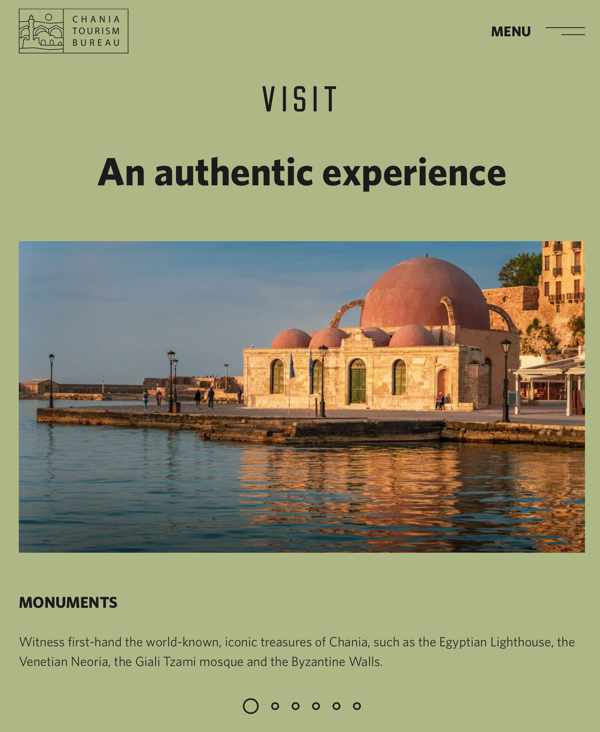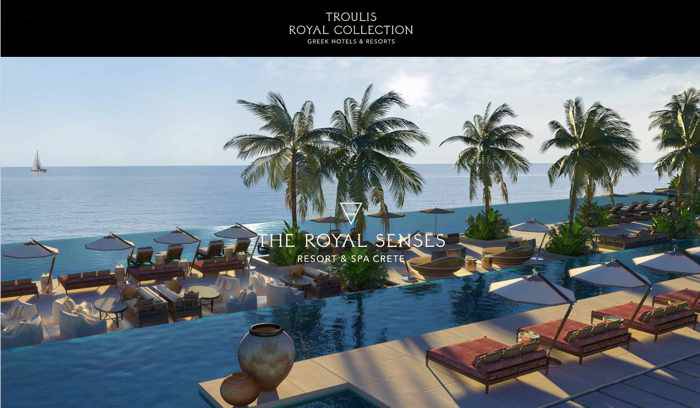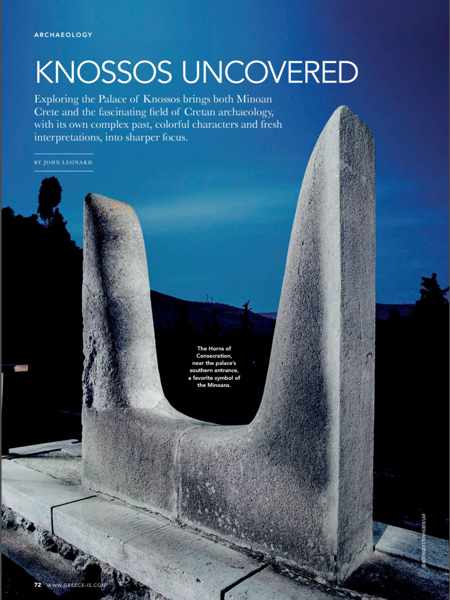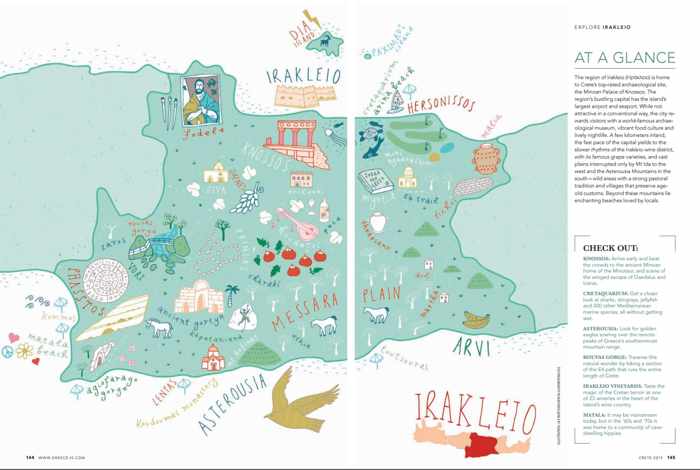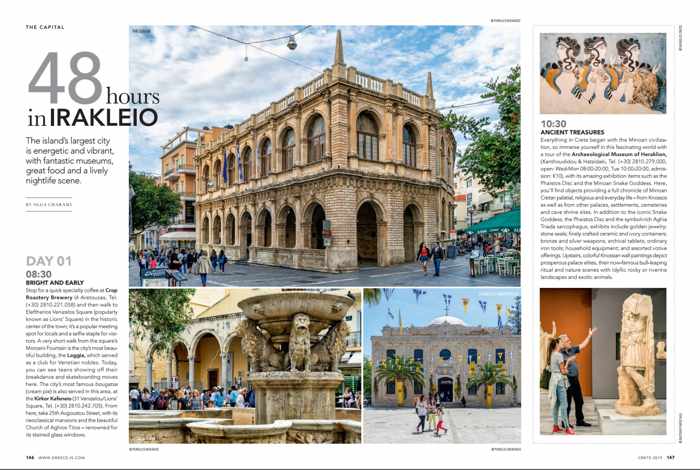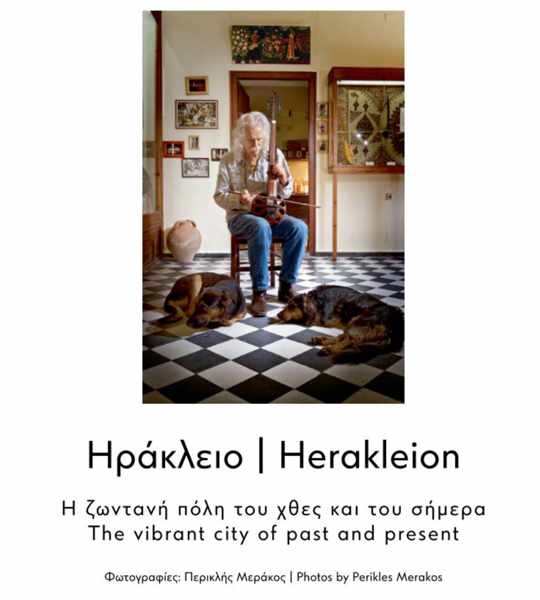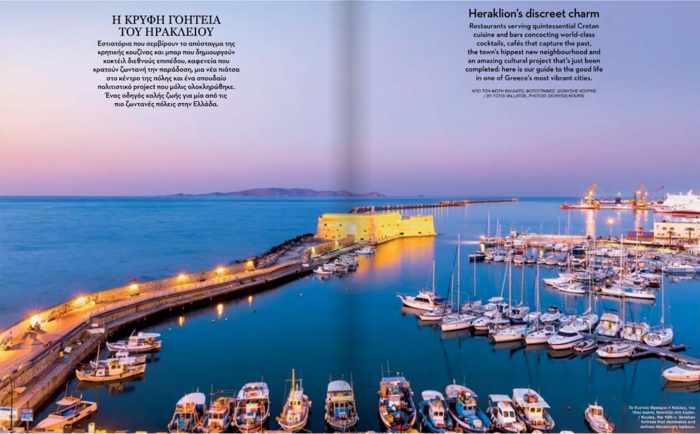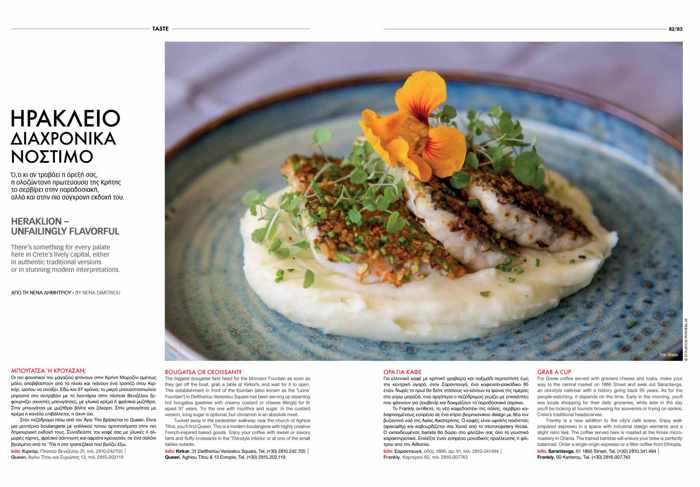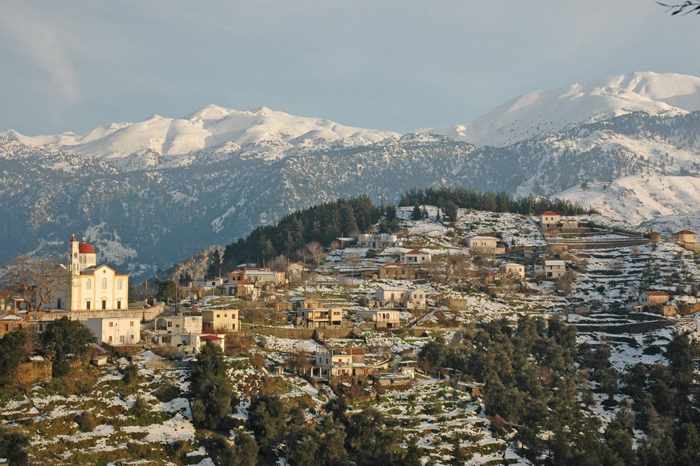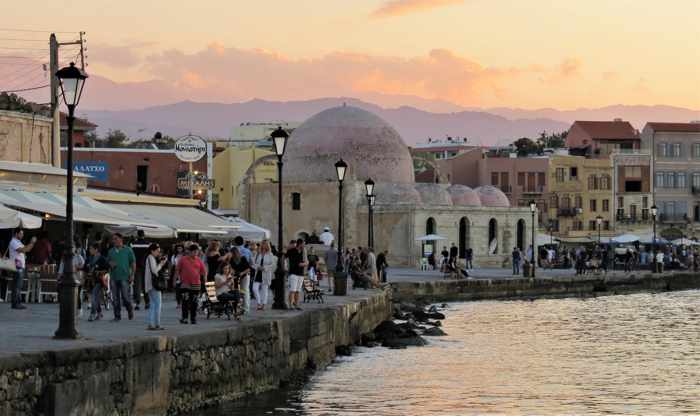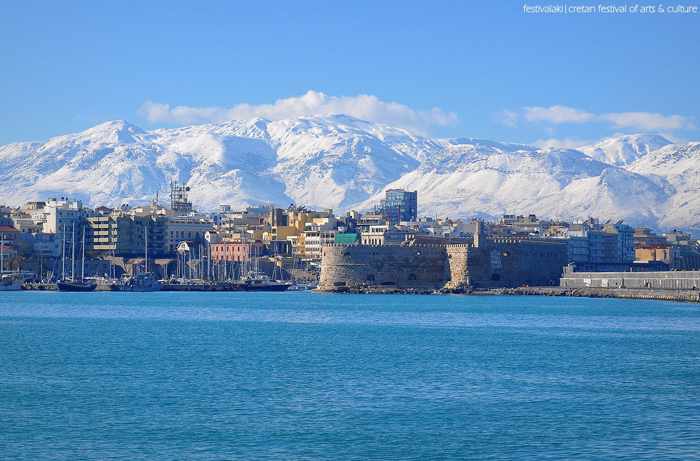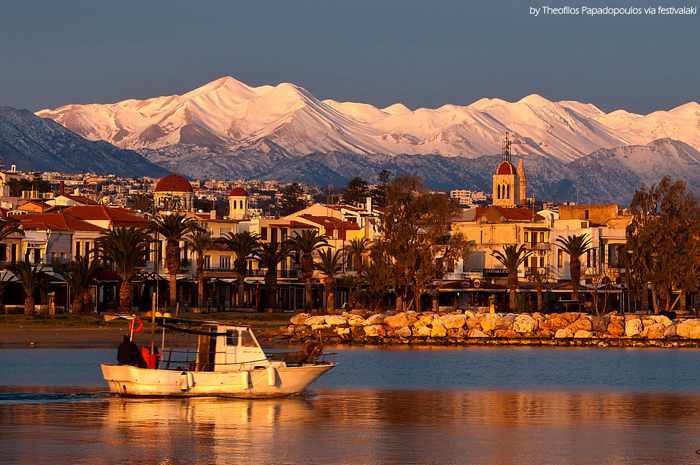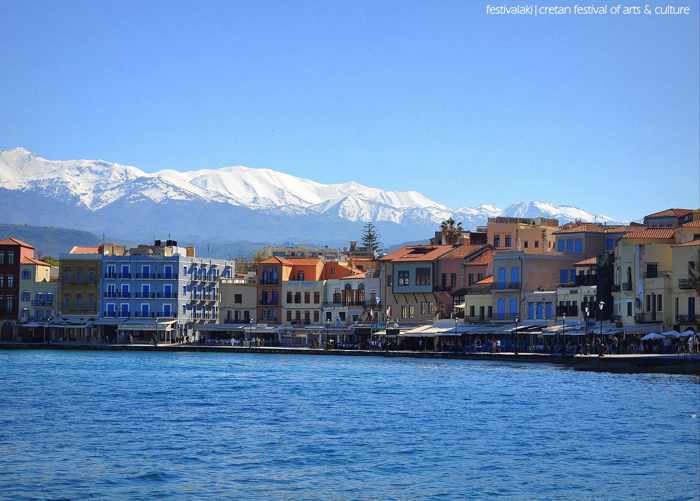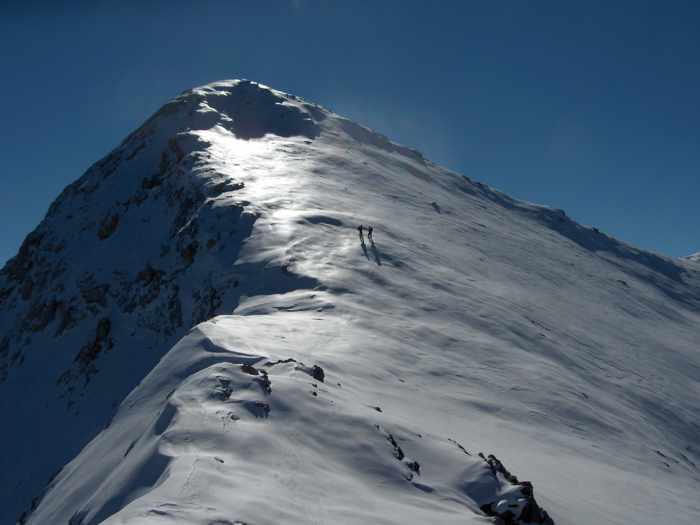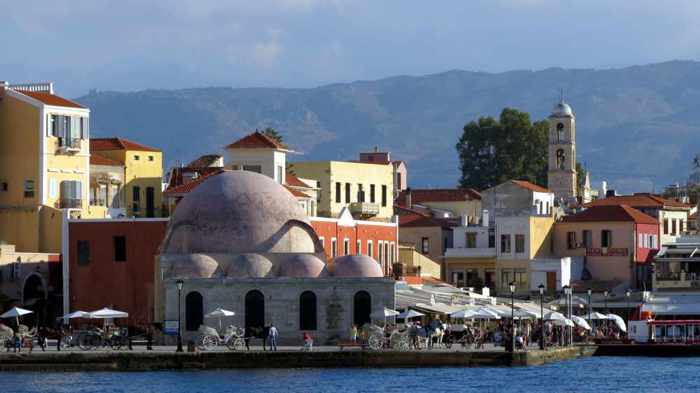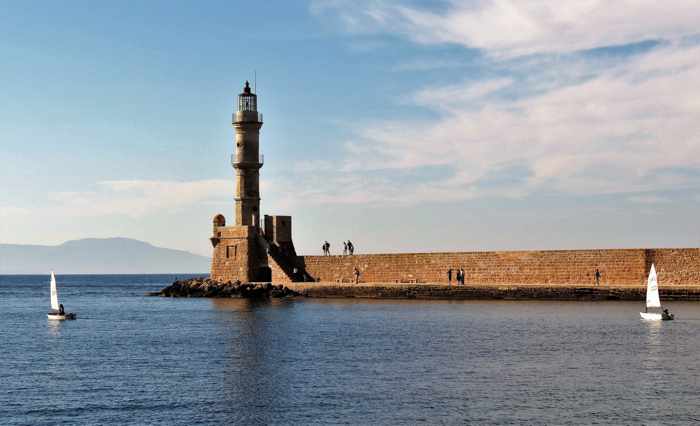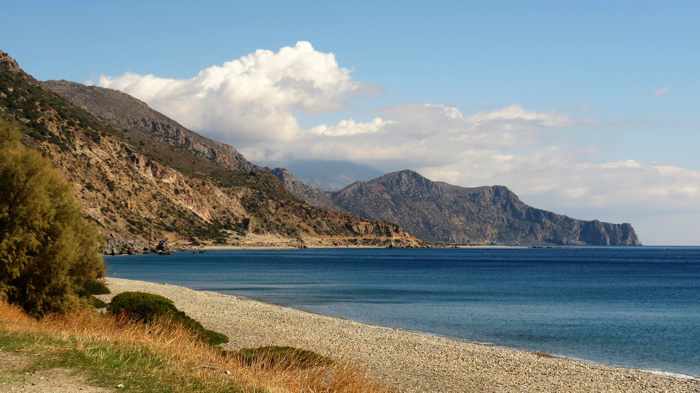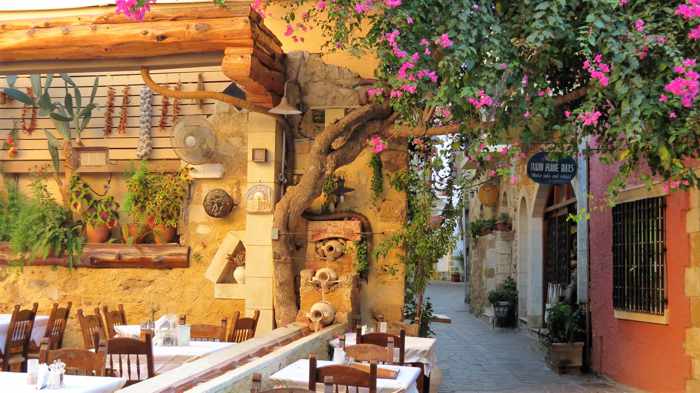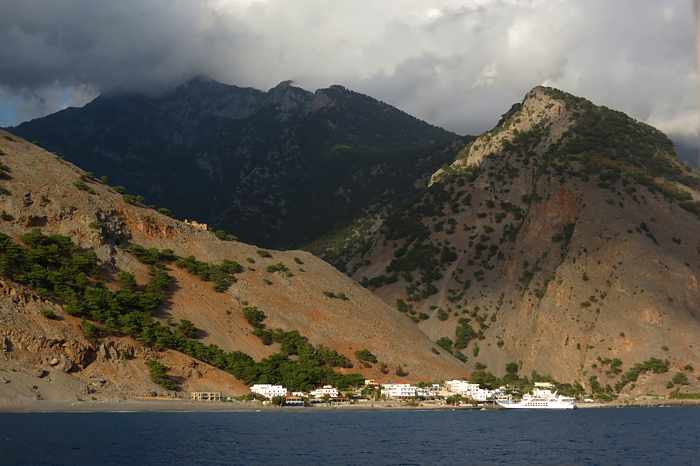Photos of the gorgeous beaches and seaside at Kalathas on Crete
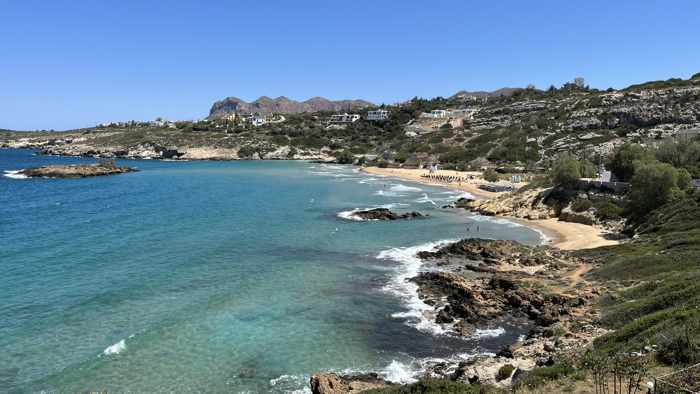
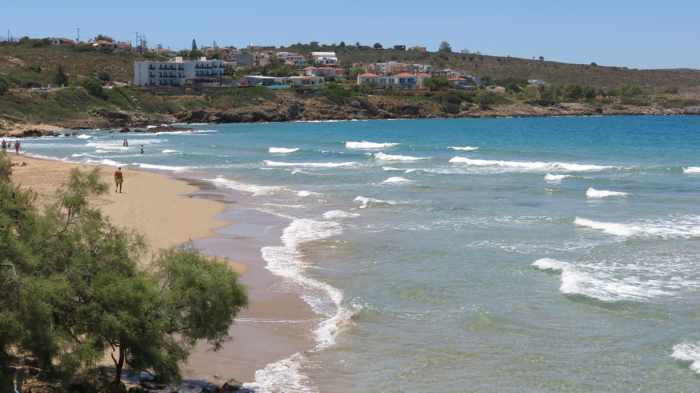
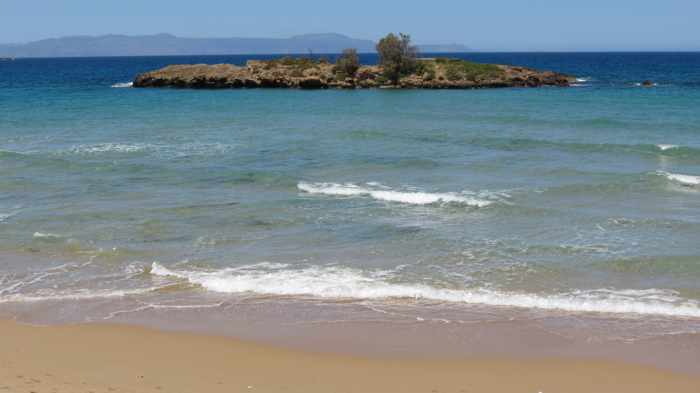
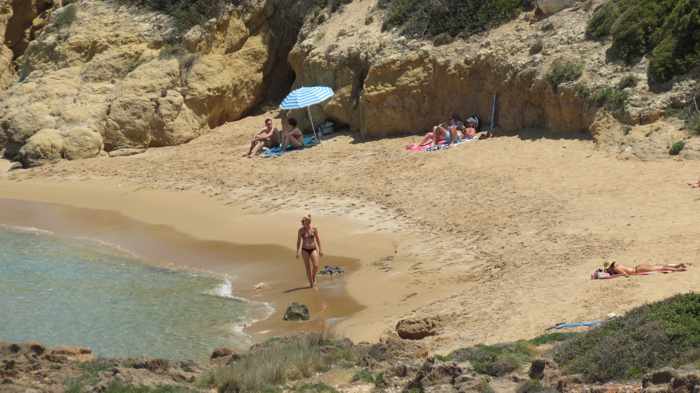
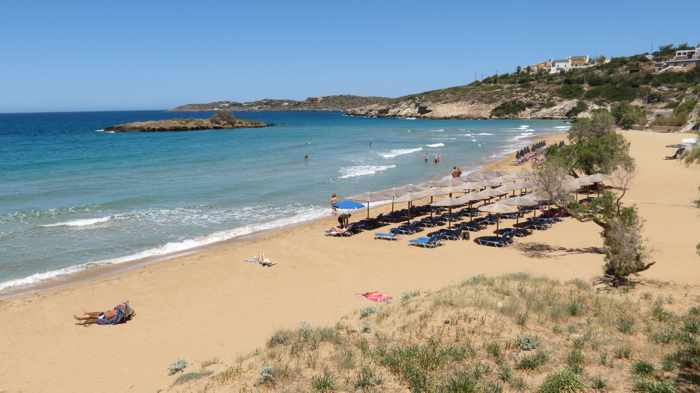
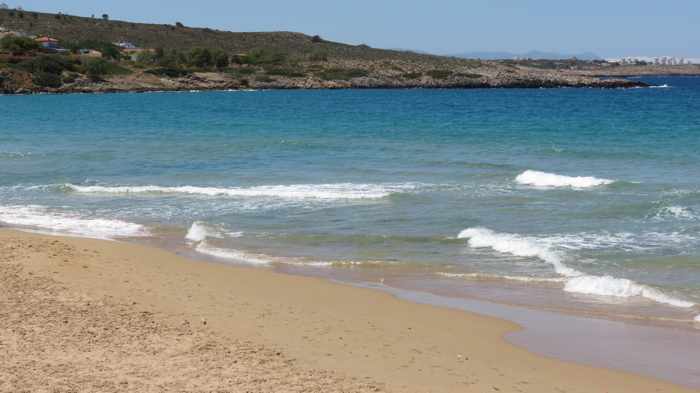
We got to see dozens of beautiful beaches and seasides during our spring trip to Greece in 2024. Most were on Crete, where we visited central and western areas of the island from mid-April until the end of May. We saw several more inviting beaches, coves and coasts while spending the first week of June in the Attica region of mainland Greece.
I couldn’t begin to say which beach I liked best, because they were all unique, lovely to look at and a pleasure to visit — for a variety of different reasons. But one of my personal favourites clearly was Kalathas beach on the Akrotiri Peninsula in northwestern Crete.
Kalathas might be so memorable because we had such a wonderful view of it from our hotel room balcony. I would gaze at the beach, coast and sea while drinking my morning cup of coffee, and again in the evening as I sipped a glass of Cretan wine, watching the impressive sunsets. I felt mesmerized by the bright turquoise hues of the sea, and the soft, warm glow that the setting sun cast on the golden sands. Kalathas looked gorgeous anytime of day, and I couldn’t stop admiring the scenery the four days we were there.
I wasn’t alone in finding joy at Kalathas. I saw so many smiling, happy faces as area residents and tourists –individuals, couples, families, and groups — had fun on the sand, or in and on the water. Whether they were sunbathing, swimming, standup paddleboarding, practising yoga or jogging along the water’s edge, beachgoers appeared as enamored with Kalathas as I was. I felt so incredibly relaxed and happy there, I really hope I can return sometime!
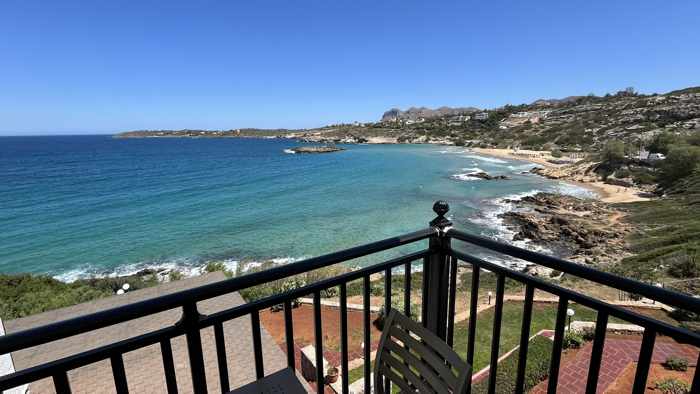
For 4 days, this was my morning coffee view of Kalathas from our balcony at Lena Beach Hotel. (I’m glad we got to stay there and enjoy the fab view last year — the hotel will be closed for the 2025 season as the building undergoes major renovations.)
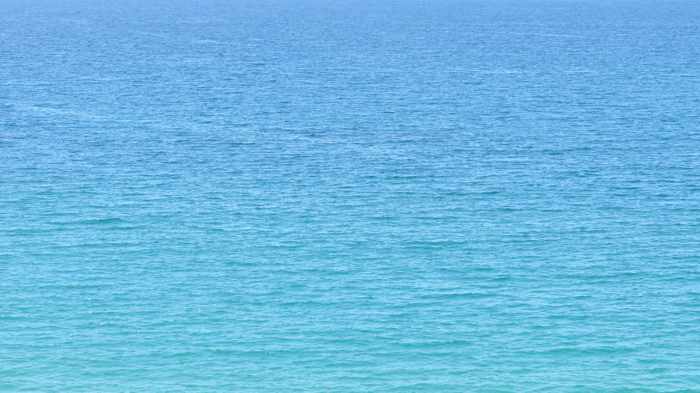
The alluring turquoise hues of the sea off Kalathas beach
If you’ve never been to Kalathas, keep it in mind for a possible beach day visit if you’ll be staying in or near Chania sometime. Kalathas is only 12 km from Chania, so it’s easy to reach from the city if you have a rental vehicle. It’s also worth a stop if you’re planning a sightseeing drive to other attractions on the Akrotiri Peninsula, such as the Agia Triada Monastery, Seitan Limani beach, or Golden beach at Stavros village (more popularly known as Zorbas beach since it’s where a dancing scene was filmed for the Anthony Quinn movie “Zorba the Greek”).
On page 2, I have posted a gallery with many photos of Kalathas beach and its surroundings. Please click on the link below to view the pictures.


